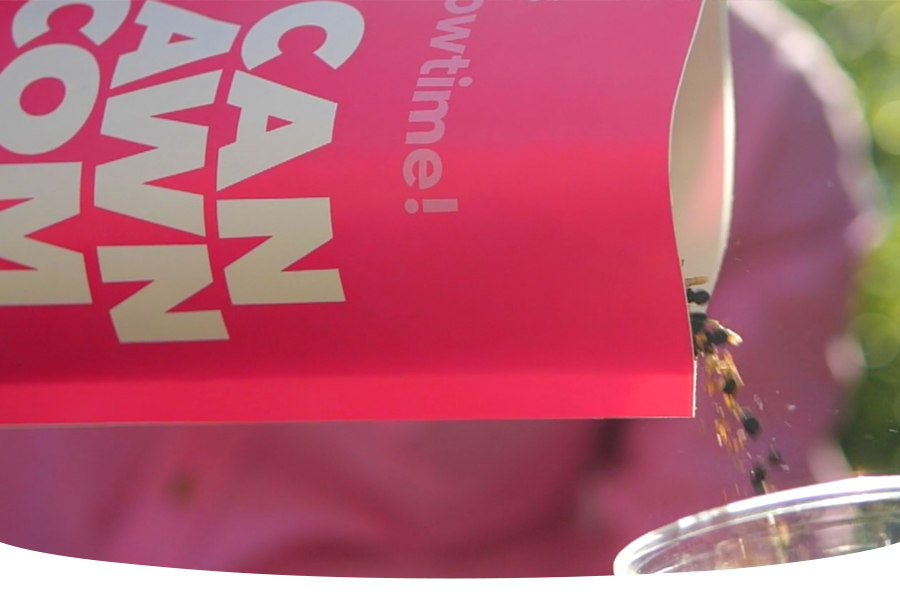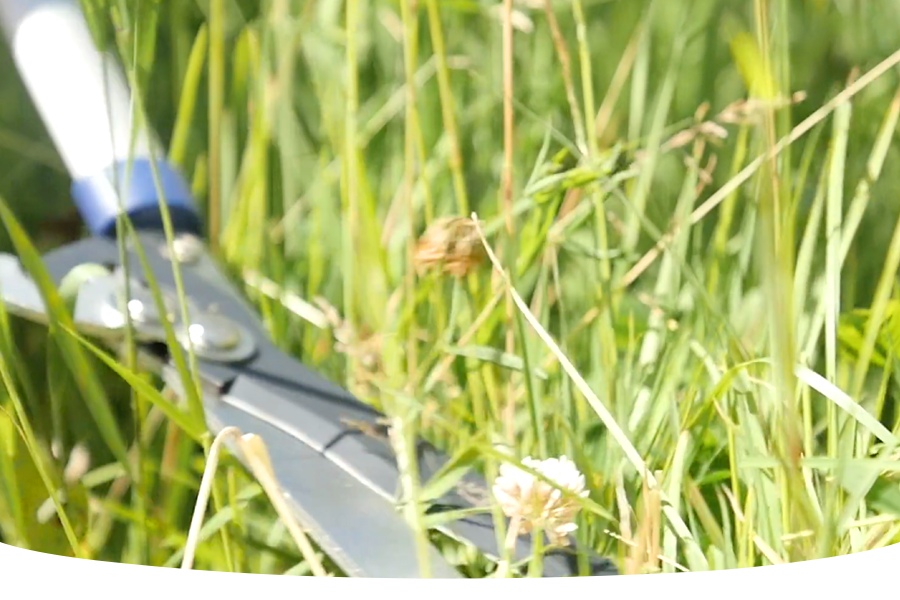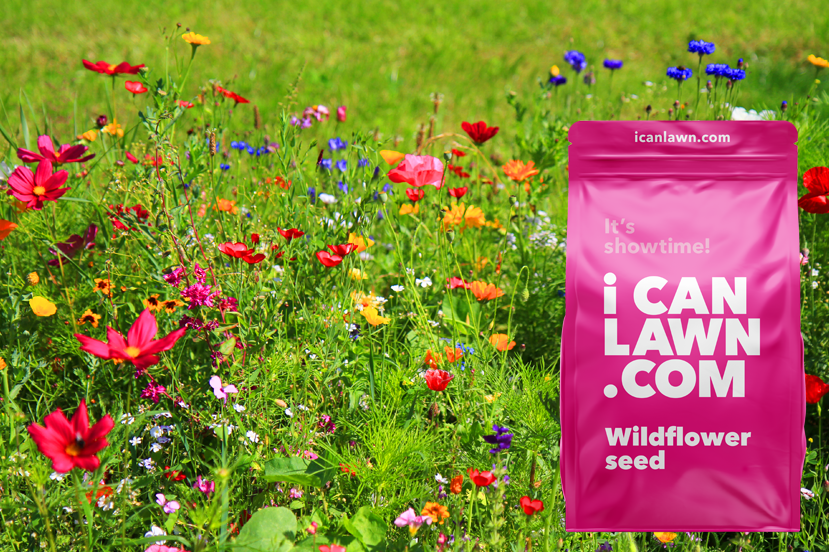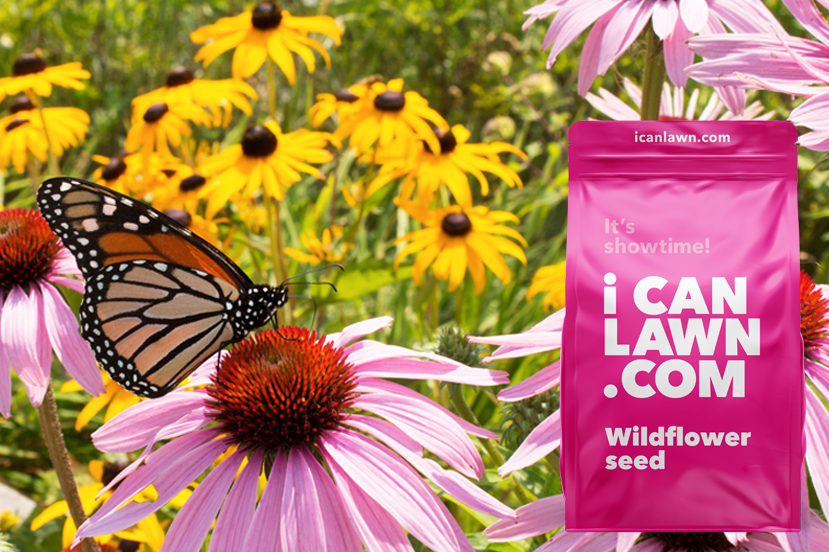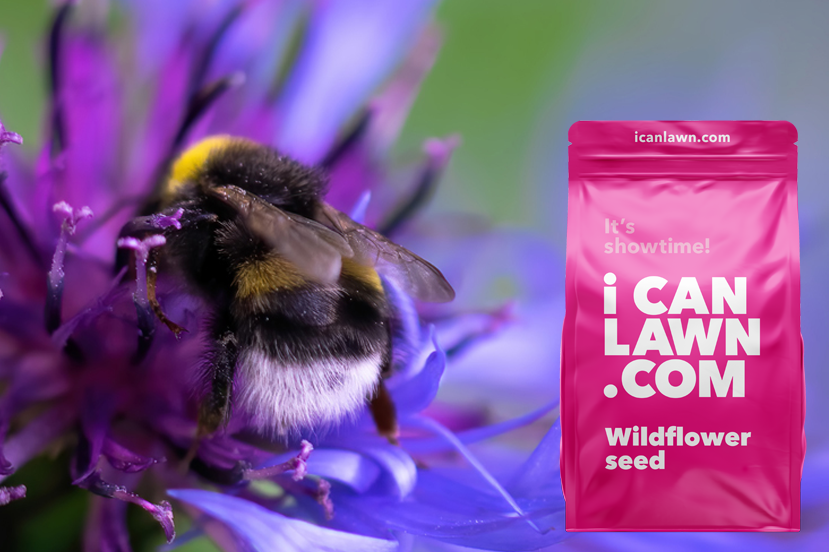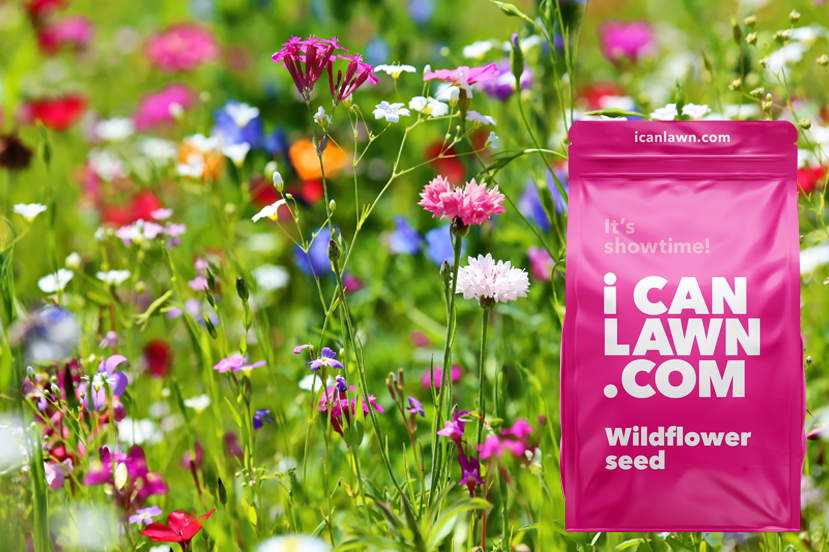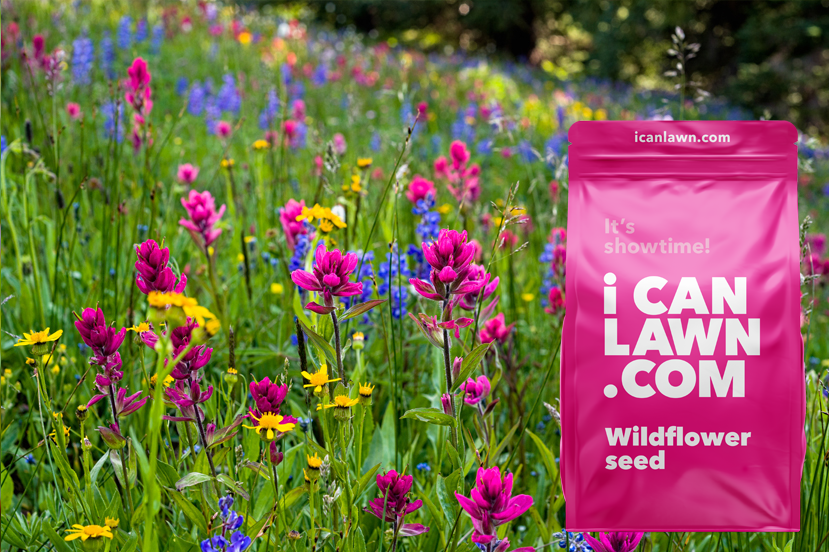When do wildflowers bloom?
When wildflowers bloom and explode with colour depends on your prep work, when you sow the seed and the growing conditions. So, with the right preparation and when the conditions are ideal, you can expect to see your wildflowers bloom within 60-80 days after sowing your wildflower seeds!
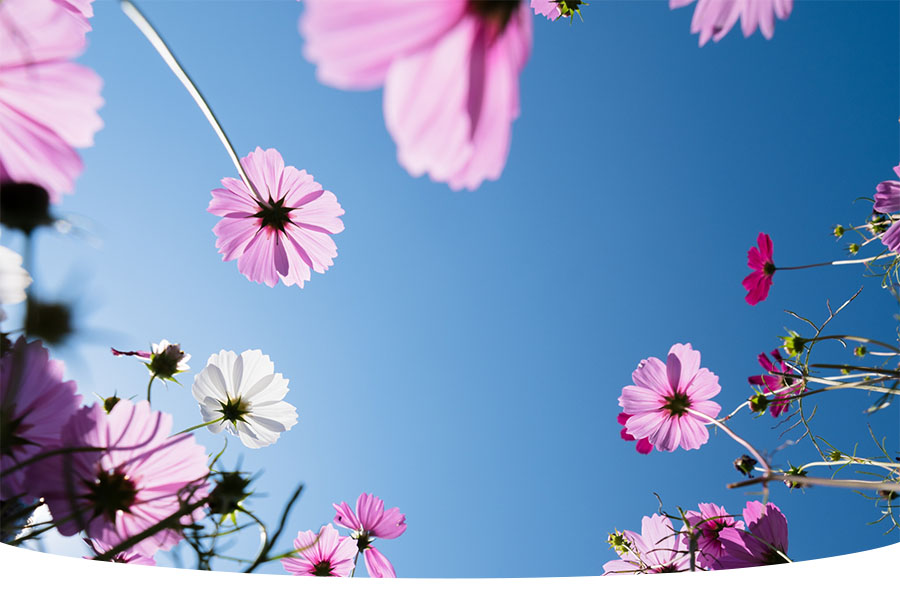
When do wildflowers bloom?
There are so many species of wildflowers and different types, but they do not all bloom at the same time or take the same amount of time to grow.
The main difference is the type of wildflowers: annuals, biennials and perennials. At first glance, this can seem a little confusing to some, but it’s quite simple really! Annual wildflowers grow, bloom and die again in the same year; biennials complete this growth cycle in two years, and perennials return year after year for three plus!
Annual Wildflowers
Annual wildflowers are easy to grow as long as you ensure they get a decent amount of preparation, sunlight and water. And since the life cycle of an annual wildflower is completed within 12 months, they usually flower in 60 – 80 days after sowing the seeds if the growing conditions are right – this makes annual wildflowers a great way to quickly add a pop of colour to your garden!
Examples of annual wildflowers:
- Cornflower
- Corncockle
- Californian Poppy
- Nigella Oxford Blue
- Lance-leaved Coreopsis
Biennial Wildflowers
Biennial wildflowers differ in that they are not a one-trick pony – so to speak. These wildflowers do take a while longer to bloom than annuals. But when their second year comes around, biennials produce beautiful blooms, and many of these wildflower species are the favourites of many garden lovers! Once biennial wildflowers have flowered and self-seeded, the flower will die, and the newly dropped seeds are likely to grow back the following spring!
Examples of biennial wildflowers:
- Teasel
- Garlic Mustard
- Weld
Perennial Wildflowers
These wildflowers differ the most from annual and biennial wildflowers. Perennial wildflowers will continue to bloom for many years after the other two types have perished, but most perennials won’t produce flowers in their first year after sowing the seeds. This is because the very nature of a perennial is to establish a good root system (so it can live for longer), which takes a bit longer!
However, if you plant your perennial seeds towards the end of the sowing period (from August to October) and have done all the correct prep work to ensure they establish before winter sets in, then you could see some species flowering in their first summer!
Examples of perennial wildflowers:
- Oxeye Daisy
- Purple Coneflower
- Red Clover
- Bluebell
When to sow wildflower seed?
Early spring and autumn are great times for sowing wildflower seeds. This is because there is usually more rainfall in the UK during these seasons, and the temperatures for growing wildflowers are perfect, which is what they need to help them grow!
Sowing wildflower seeds in spring
Springtime is great since temperatures are beginning to rise, and the risk of frost is gone by the end of March – with temperatures improving through April and May. The spring rain will also significantly increase the germination and growth of your wildflowers.
Sowing wildflower seeds in autumn
For similar reasons, autumn offers advantages to the growing conditions of your wildflowers. Sowing your seeds a few weeks before the first frosts arrive ensures your seeds are ready to undergo their natural stratification process over winter. However, our seed mixes are ready for growing whenever suits you since we store our seeds in similar cold conditions all year round. But still, with this in mind, it’s best to sow your seeds from late August to October for the best results the following year!
Avoid sowing wildflowers in winter!
Once the winter frosts have arrived, unfortunately, you’ve missed the window for seed sowing, and it’s best to wait until the following spring to plant your wildflower seeds.
We have other guides for further reading and to help you get the most out of your wildflower seed mix and ensure you achieve beautiful blooms in your garden:




